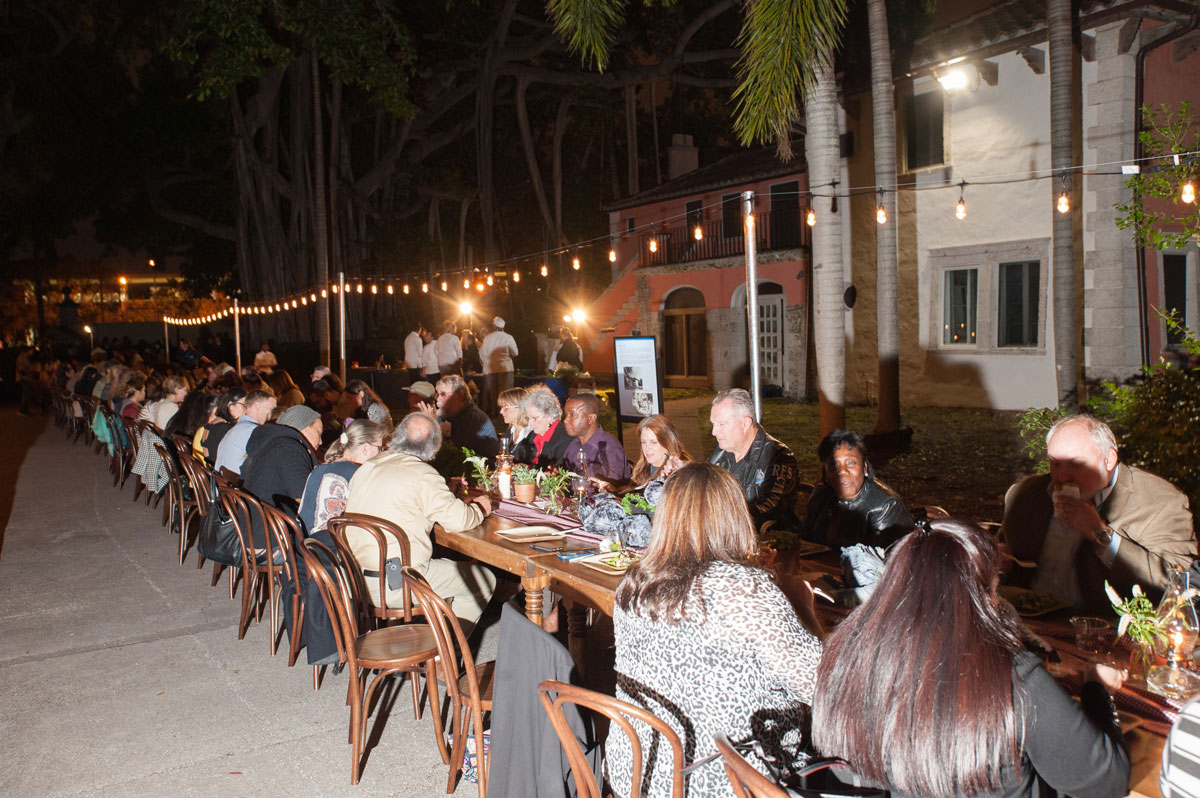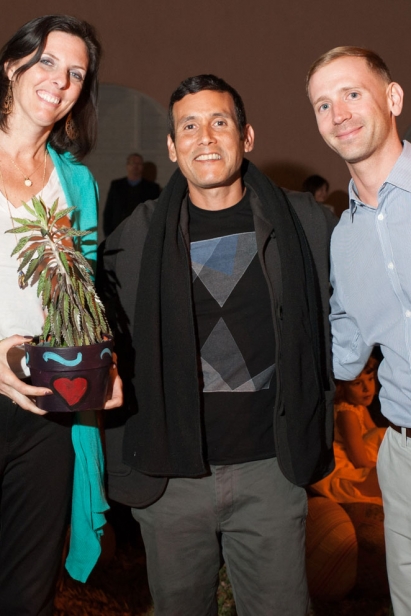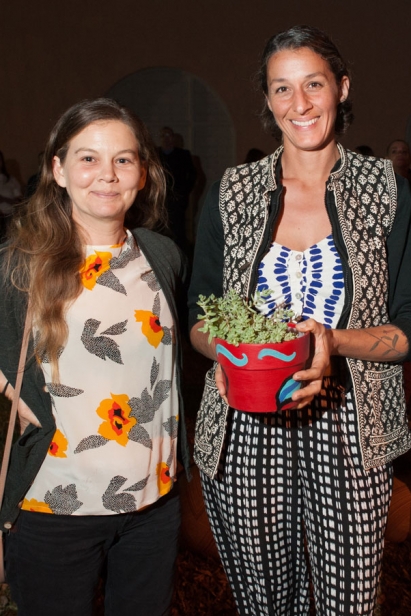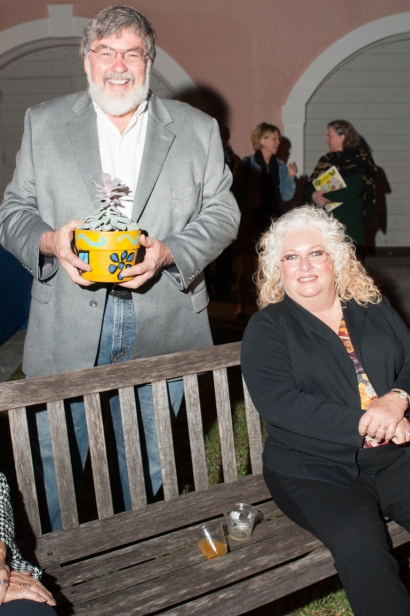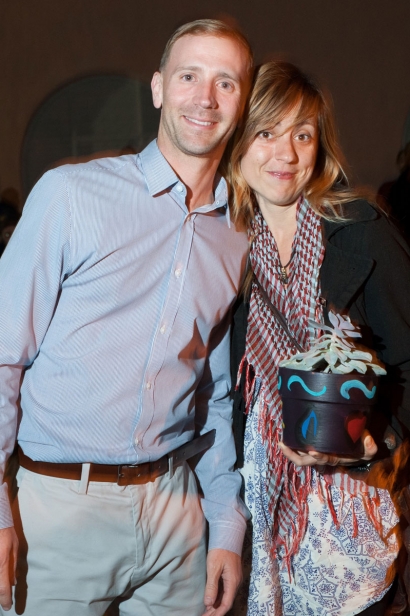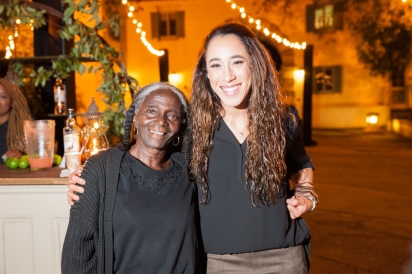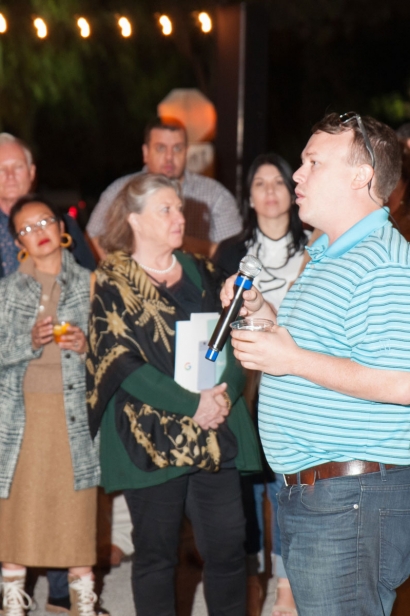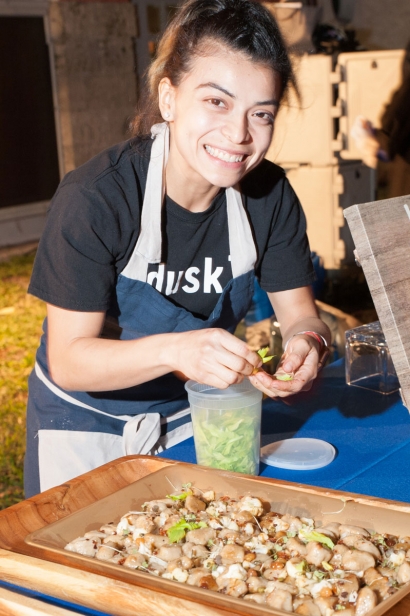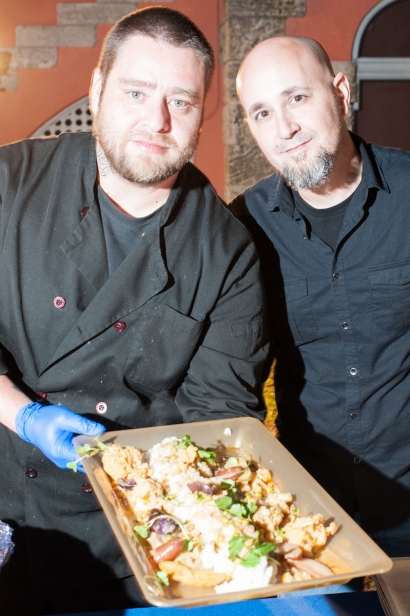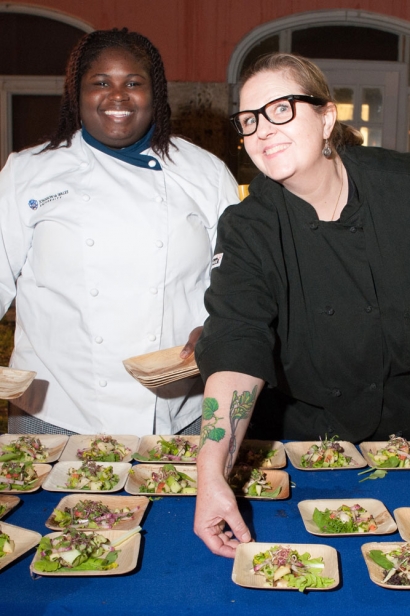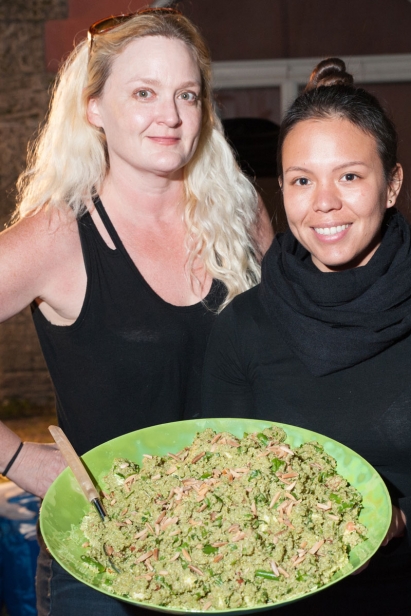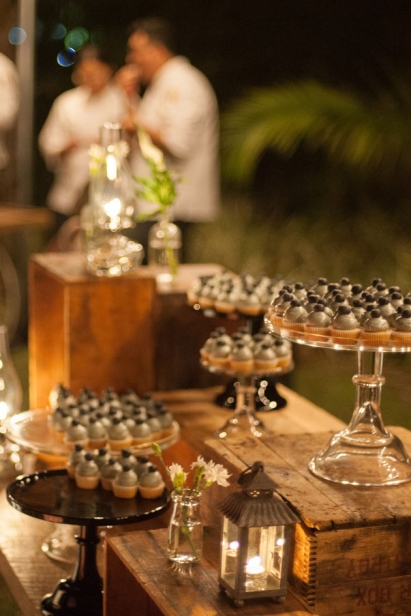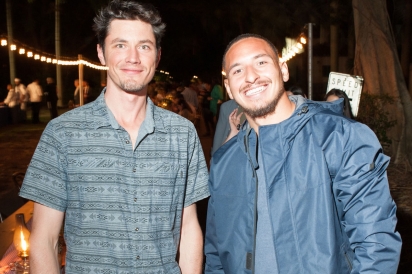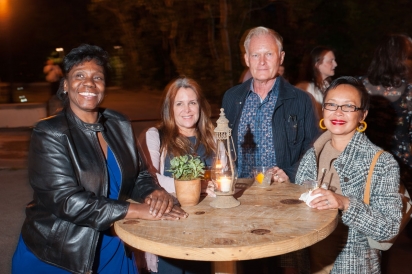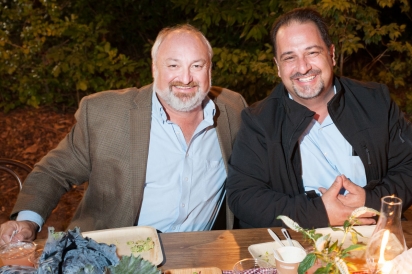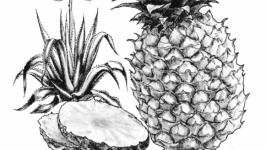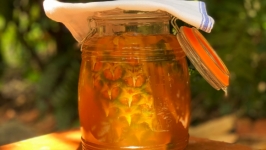Dinner for Farmers at Vizcaya Honors Innovators, Educators
South Florida farmers face numerous challenges – natural disasters like storms and disease, encroachment from developers, market forces, to name just a few. Surmounting those issues is critical to the future of our food system. This year, the third annual Dinner for Farmers collaboration with Vizcaya Museum and Gardens and edible South Florida focused on innovation and education. Three farms and one edible gardening initiative were honored for their work in improving how food is grown and distributed and for educating consumers and colleagues in their efforts.
The event kicked off with remarks by Vizcaya executive director Dr. Joel Hoffman, who introduced guests to the 12-acre Village, originally created with staff quarters, a garage and workshops, barns, and greenhouses and fields that supplied fresh flowers, fruits and vegetables. The planned restoration will realize the full potential of Vizcaya as a cultural hub through year-round programming and green space for residents and visitors. Community programs manager Rebecca Peterson led the group through a progressive dinner with stops along the way that included an introduction to Hungry Harvest, a rescued-produce delivery service; Health in the Hood, a community garden program to provide fresh produce in food deserts; and awards for local farmers.
Honoring South Florida Farmers
Top honors went to The Education Fund for outstanding achievement in both education and innovation for their Food Forest program in Miami-Dade schools. Program managers Eddie Recinos and Debi La Belle oversee edible gardens on school grounds at 51 elementary schools, using organic and sustainable methods of growing to teach more than 34,000 schoolchildren real-life science and nutrition lessons. Those include food forests, where fruits, vegetables and herbs grow year-round, tended by students and staff, with up to 135 varieties at each site, such as five varieties of spinach, three varieties of edible hibiscus, katuk, moringa, lemongrass, bananas and papaya.
Cafeteria staff is trained in the garden’s offerings, and regularly incorporates fresh produce into their menus. Students receive regular harvest bags to take home for family meals. “Many parents turn to their children for advice on the preparation of the exotic greens, and the students love being able to offer guidance on the different vegetables,” reports Mimi Pink, director of development. The program reports that 80 percent of the students improved their science scores, 54 percent improved their attitudes toward food and 46 percent improved their eating habits.
Another award winner was the Little River Cooperative, a small urban farm that launched a farmer incubator program to teach small farmers how to grow food and provide them with beginner plots of land and tools to get started. “We came up with this program because we saw a need in South Florida for more small farmers, and with a lack of community and land opportunities we saw people interested in growing but not able to start the process of hands-on learning and small-business building,” says farmer Tiffany Noé. “We hope this season’s effort in growing farmers as well as veggies will benefit everyone in the farm community by building it up with more farmers and more community.”
Longtime multi-generational farmstand Robert Is Here won an education award for their work in enlightening consumers on tropical fruits. “We love educating our customers about the fruits and vegetables that we have and will teach them how to cut each item,” says Heather Moehling, director of human resources. “We encourage our customers to go outside their comfort zone of what they typically purchase at a supermarket, and to try and enjoy new tropical fruits.” The Florida City business also hosts school and tour groups.
Another education award winner was the Sunrise School of Miami market garden, a fully integrated organic garden program where students from kindergarten through eighth grade help grow, seed, compost, harvest, sell and cook their harvest.”Students also run a market every week after they harvest,” says Blair Butterfield of Moon and Stars farm. “The students literally see and experience from seed to table, from seed to market and the work it takes to grow food.”
Judges for this year’s Dinner for Farmers were Miami-Dade County agriculture manager Charles LaPradd, Johnson and Wales dean of culinary education Bruce Ozga and Fruit and Spice Park director James Stribling.
Health in the Hood
Last year’s Companion Planting award winner, Asha Loring of Health in the Hood, gave a brief presentation of her project to bring community gardens to South Florida food deserts – urban communities where it’s hard to find healthy, affordable food, especially fresh fruits and vegetables.
It is in these neighborhoods where Loring sets up shop, creating community gardens here and provide produce free of charge to the residents. Health in the Hood also offers nutrition and fitness education to equip residents with information about making healthy choices. These are living classrooms for kids and adults alike in a model that’s repeated elsewhere in South Florida.
Tackling Food Waste through Hungry Harvest
At this year's Dinner for Farmers, chefs cooked up tasty dishes using produce from some of South Florida’s farms. In addition to greens and vegetables from Davie’s Sun Fresh Farm and Ranch and citrus from Seasons Farm Fresh, chefs used produce from Hungry Harvest, a farm-direct produce delivery service aimed at “rescuing” produce that may be misshapen, off-color or overproduced and keeping it out of the landfill.
Hungry Harvest’s procurement and operations manager Ben Roberts told the group their goal is to reduce food waste and close gaps in food access by donating to local organizations that address hunger issues. In Miami, they have chosen Lotus House, which supports women and children who are homeless.
Fresh Fare
Here’s the menu from participating restaurants:
Cocktails using local tropical fruit juices from mixologist Gabe Urrutia of Spirited Miami
Jimmy’Z Kitchen
Cubano egg roll with local pickled zucchini salad and cilantro mustard aioli
Babe’s Meat and Counter
Tasso lentil soup
Mikey Mayta and Keily Vasquez of Dusk, a pop-up
Cauliflower gnocchi, lemon caper brown butter, crispy garlic, golden raisin gastrique
Chef Melanie Stewart, GourmetPhile
Vegetable salad of celery, mushrooms, apples and local greens with lemon vinaigrette
Mixto Food and Drink
Cauliflower potato and pea curry served with white rice
Lan Pan Asian Cafe
Thai-style red curry withs seasonal vegetables
Eat Real Food Company
Vegetarian green goddess quinoa salad with tomato, green beans, basil and mozzarella
Tea from Tea-n-Sanity
Desserts from Earth and Sugar Bakery
Guests at the progressive dinner started with appetizers and cocktails and appetizers in the Garage Forecourt, followed by the main course at the Staff Residence, awards in the Farm Quad and finally dessert adjacent to Vizcaya’s kitchen garden on the Superintendent’s Lawn.
South Florida Farming Community
The event drew farmers and their staff, giving them a chance to socialize with their neighbors in the midst of their farming season. (Photos: Ben Thacker)


